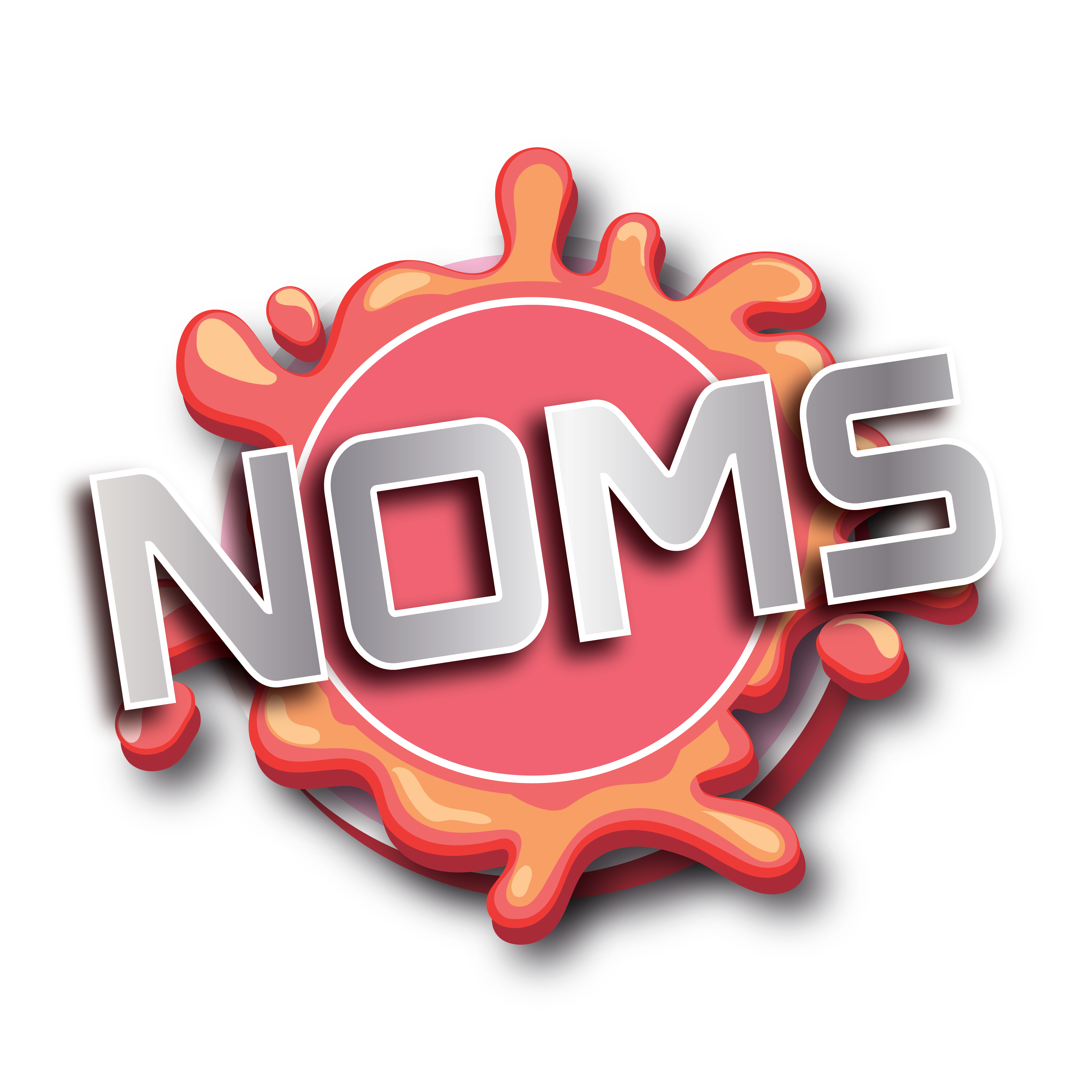A rapidly expanding subset of functional beverages is Kratom drinks. Customers are interested in Kratom’s possible advantages; some are cautiously optimistic, while others are fervent. This attraction carries a responsibility: companies that wish to develop a devoted following must be truthful and transparent about the contents of their cans and bottles. This is where clean-label Kratom and the “clean label” movement collide: transparency is a commercial necessity for long-term growth, safety, and trust, not just a trendy marketing term.
Here is a comprehensive guide explaining why transparency is important for the best Kratom drinks, how it is implemented, and doable actions that consumers and manufacturers can take to make the sector safer and cleaner.
What Does The Term “Clean Label” Mean For Drinks?
The term “clean label” originally referred to Kratom drink ingredients lists that were concise, easy to read, and free from lengthy, chemical-sounding additives. Clean labeling for Kratom drinks is more than just being straightforward. It indicates:
- Explicit disclosure of ingredients, including the type of Kratom, other botanicals, sweeteners, and preservatives
- Traceability (the location of the Kratom’s cultivation and processing)
- Transparency in lab testing (third-party test findings for microbiological contaminants, pesticides, heavy metals, and alkaloids)
- Honest dose details (e.g., extract strength, Kratom alkaloid concentration, or serving size)
- Responsible claims (no inflated or unsubstantiated health claims)
Customers are treated like adults by a genuinely clean-label Kratom drink; they are given the truth rather than deceptive advertising.
Click To Join Our Wholesale Program
Why Transparency Matters: Four Main Reasons
1. Prioritize Safety
One plant that contains active alkaloids is Kratom. Consumers may unintentionally eat pollutants (heavy metals, pesticides, microbial growth) or irregular dosages if testing and disclosure are not conducted. Clear dosage instructions and third-party lab reports help lower the risk and assist customers in making informed choices.
2. Brand Loyalty And Trust
Consumers of beverages today conduct research. Customers will reward a company with purchases and positive word-of-mouth if it publishes batch certificates, supply chain information, and truthful ingredient listings. Openness converts inquisitive first-time purchasers into loyal patrons.
3. Resilience Of Regulations
States, municipalities, and even countries have different laws on Kratom. It is simpler for brands to adhere to present regulations and adjust if standards tighten when labeling, testing, and paperwork are transparent. Open, accountable businesses are more likely to be well-liked by regulators.
4. Premium Positioning And Differentiation
Customers who seek purity, traceability, and safety will pay more for products that offer verified quality; thus, clean-label Kratom drinks’ safety might cost a premium. Being transparent gives you a competitive edge.
The Appearance Of Transparency On A Kratom Label
Ingredient List
Enumerate each ingredient. If “natural flavors” are a combination of several extracts, don’t hide them; instead, identify the origins (for example, “natural citrus flavor (lemon peel, orange peel)”).
Kratom Specifics
- Botanical Name And Strain: Mitragyna speciosa—Meng Da.
- Origin: Nation, area, and ideally the farm or cooperative. “West Kalimantan smallholder cooperative, Borneo.”
- Form: Full-spectrum, powder, or standardized extract (e.g., 5:1).
- Alkaloid Information: If possible, provide the percentage of total alkaloids, a lab-measured reading of mitragynine/7-hydroxymitragynine, or at the very least, a description of the extract’s strength in relation to the raw leaf.
Serving Size And Dosage
Indicate how much Kratom is in each serving (for example, “250 mg Kratom powder per 355 mL can”). Indicate the extract ratio and equivalent leaf amount if the product contains an extract.
QR Codes And Lab Tests
Provide Certificates of Analysis (COAs) from authorized third-party labs that are batch-specific. Put a QR code that points straight to the lot’s COA on the package. COAs ought to include:
- Lead, arsenic, cadmium, and mercury are examples of heavy metals.
- residues of pesticides
- Microbiological pollutants (Salmonella, E. Coli)
- Mycotoxin (if applicable)
- Profile of alkaloids (at least mitragynine and 7-hydroxymitragynine)
Standards For Manufacturing
Indicate if the facility performs internal QA testing, hazard analysis (HACCP), or GMP (Good Manufacturing Practices).
Dietary And Allergen Information
Indicate in detail any common allergies, the type of sweetener (sugar, stevia, or erythritol), the amount of caffeine, and whether the organic Kratom beverage is gluten-free, vegan, or vegetarian.
Click Here Top Shop Best High Quality Kratom!
Beyond The Label: Optimal Practices For The Supplier Chain
Although label transparency is crucial, a responsible supply chain consists of many components.
- Supplier Audits: Work with suppliers that consent to audits or who submit supplier declarations outlining their methods for harvesting, drying, and storing goods.
- Chain Of Custody Documentation: To ensure prompt handling of recalls or inquiries, maintain documents that connect the raw leaf to the finished batch.
- Partnerships With Farmers And Fair Sourcing: Customers value ethical sourcing, so let them know if farmers receive fair prices and if there are social benefit initiatives.
- Sustainable Harvesting: Make sure that methods used for leaf collection don’t endanger nearby ecosystems. The clean label promise now includes environmental care.
Transparency In Communication Without Frightening Clients
Honesty and overpowering the customer are balanced. Here are some strategies for being open and comforting:
- Make Use Of Simple Language: Steer clear of jargon and use the brand’s website or a little “learn more” button to define phrases like “alkaloids,” “COA,” and “standardized extract.”
- Provide Context For Lab Results: Describe why a COA showing “non-detect” for pesticides is a good thing. Without making any medical claims, explain how an alkaloid percentage translates to effect if it appears low or high.
- Educational Content:. Post blog entries, infographics, or brief films that describe the cultivation, testing, and formulation of Kratom.
- Customer Support:. Provide a direct route (email or chat) for inquiries concerning dosing, sourcing, or batch COAs.
Realistic Boundaries And Trade-offs
Thorough testing and clean labeling are expensive. Some compromises that brands must make:
- Reduced Preservatives VS Shelf Life: Minimal preservatives are preferred by clean labeling; however, this may reduce shelf life. Better packaging, cold-chain logistics, or natural preservation techniques (such as pasteurization and ascorbic acid) are all areas where brands need to make investments.
- Accessibility VS Cost: Fair sourcing and thorough testing increase production costs, which may result in higher prices for consumers. Think about providing two SKUs: a cheap line with transparent, legal disclosure and a premium line with complete traceability.
- Intricate Communication. Customers may become confused by too much technical knowledge. Employ layered messaging by providing thorough COAs and sourcing stories online after making brief, unambiguous label claims up front.
Quick Checklist For Brands Launching A Clean Label Kratom Drink
- Purchase Kratom from reputable vendors and maintain a chain-of-custody documentation.
- Every batch, for third-party lab-tested Kratom, accredited labs, and COAs are published.
- Indicate on the label the type, source, and serving size of Kratom.
- Observe GMP/HACCP or comparable food safety guidelines.
- Utilize QR codes that connect to sourcing details and batch-specific COAs.
- Teach customer service to respond to inquiries about dosage and COA.
- Provide buyers with instructional resources (FAQs, blog entries, and brief films) to help them understand Kratom.
What Consumers Should Look For
When shopping, give preference to companies that offer:
- COAs that are batch-specific (not merely “we test” claims)
- Clearly marked serving size and amount of Kratom in each serving
- Details about the strain and its origin
- Claims about production that are transparent (GMP, facility location)
- Sincere advertising (no promises of miracles)
Be wary if a brand conceals important information or won’t show COAs.
Conclusion
At a crossroads, natural Kratom beverages have the potential to either emerge as a reputable, properly regulated segment of the functional beverage transparency market or as a shadowy subset beset by safety issues and false information. Transparency and clear labels tip the scales in favor of the former. Transparency lowers regulatory risk and increases brand confidence. Transparency enables consumers to make safer decisions. It lays the groundwork for long-term growth for the entire category.

